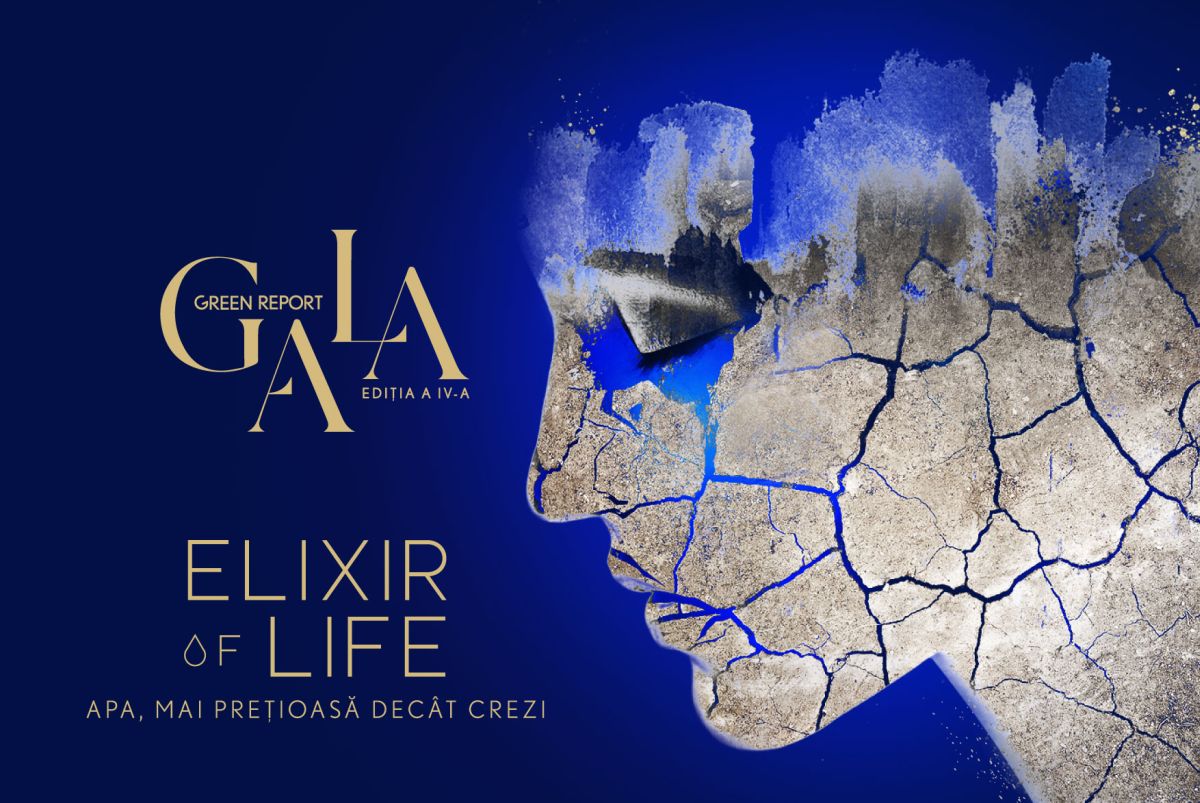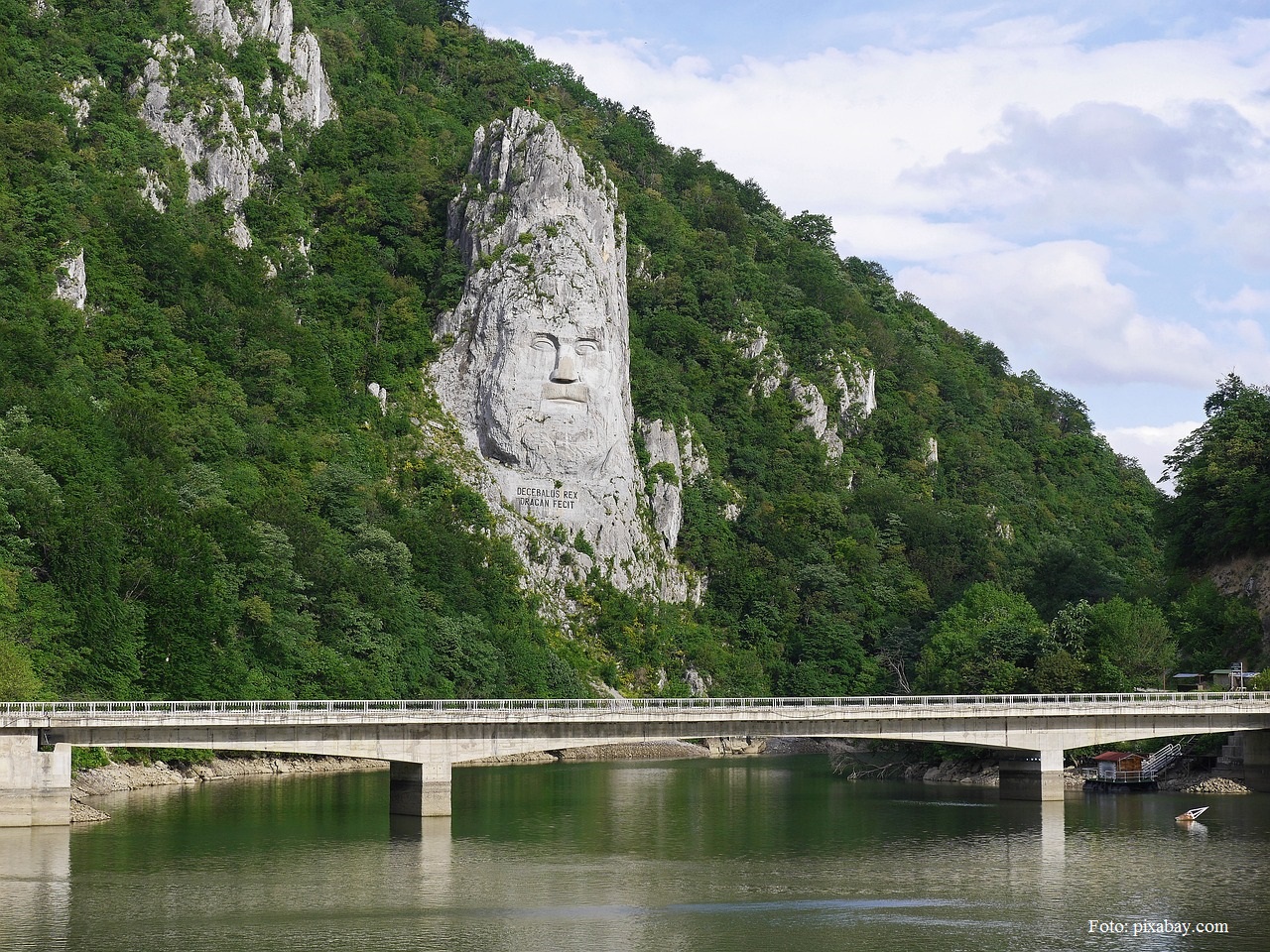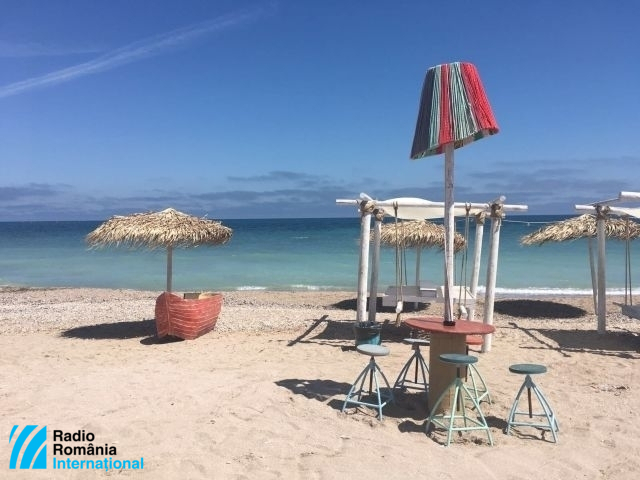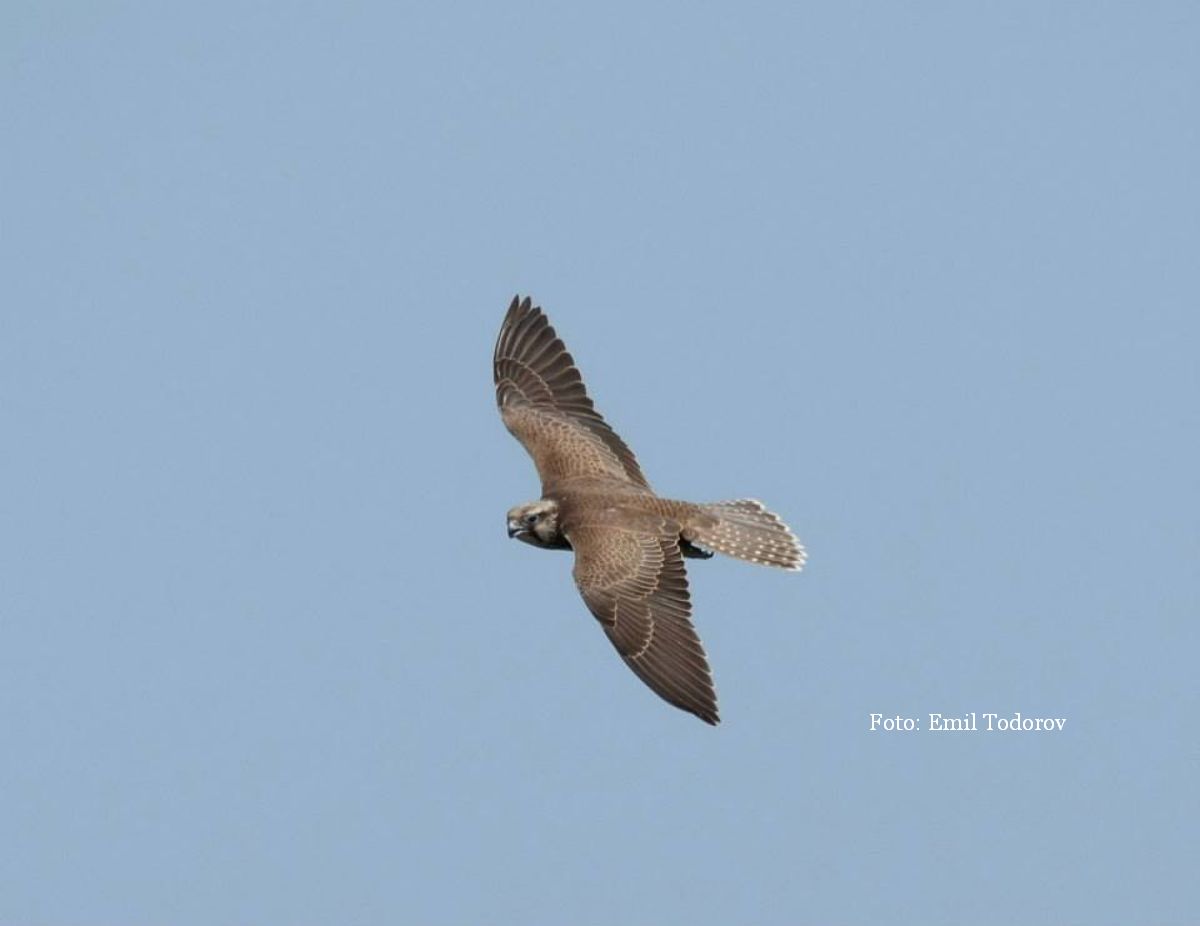Putna Nature Park
The Putna Nature Park lies in the north-west of the Vrancea Mountains, in the Carpathians.
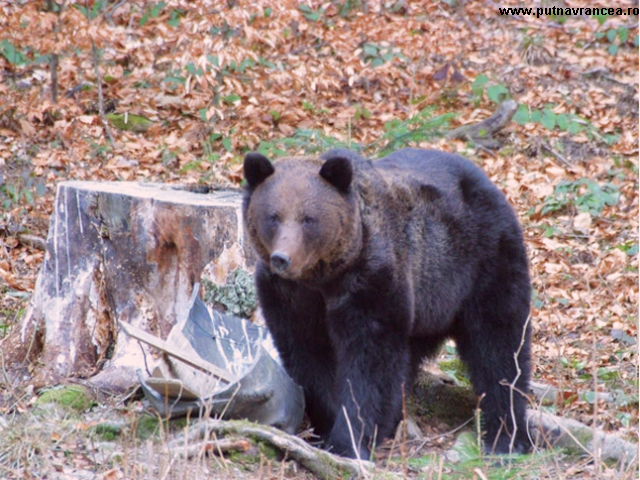
Ștefan Baciu, 25.09.2015, 13:15
The Putna Nature Park lies in the central north-western part of the Vrancea Mountains, in the Curvature Carpathians. The biodiversity of this park, which stretches on 38 thousand hectares, is impressive. Large carnivores, amphibians, reptiles, fish, invertebrates and 12 species of protected birds can be found here. The forests, extremely compact and inaccessible, are the ideal habitat for large carnivores. Several types of habitat can be found here, ranging from beech forests, to alpine and boreal shrubs and also meadows.
The Tisita Nature Reserve, located at an altitude of 850 meters, is the most important protected area in this park and includes the middle and lower basin of Tisita River. The Tisita Gorges look more like a canyon, with high rock walls and plain areas. The gorges are highly accessible thanks to a narrow-gauge railway. There is, however, a less accessible area between Small Tisita and Large Tisita, where the gorges are very narrow, from 3 to 10 meters. The water is very deep in places, and the landscape is absolutely beautiful. The nature reserve is 4.5-km long, and is one of the largest protected areas in the Vrancea area. Head of the Putna Nature Park, Ion Militaru, gives us details:
Ion Militaru: “The Tisita Reserve, the largest one in the park, covering 2,700 hectares, is home to the edelweiss, which can be found here at the lowest altitude in the country. There is also a very rare species of butterfly that lives in few other areas, such as the Cluj area. The chamois was first brought to this place between 1981 and 1983. According to some documents this was in fact the second time this species was brought to this area, because documents have been found in the archives of the Austrian Hungarian Empire saying that the last chamois was shot in Tisita in 1902. We have several species of herbivorous animals. Worth noting is the stag, which has very important and very well-defined genetic features that distinguish it from the other stag populations in the Carpathians. Otters also live here. Unfortunately, the heavy rainfalls in 2005 destroyed aquatic habitats so we are now trying to restore them by reintroducing the trout that the otter feeds on. In terms of flora, the mountain peony, the wild lilac and the mountain kingcup can be fond here. The large carnivores include the bear, the lynx and the wolf, which are important species at European level. That is why this area has been declared a site of community importance. Being a rather isolated area, seldom reached by visitors, all species here are well preserved.“
Another nature reserve, protected since 1970, is Groapa cu Pini, stretching on 11 hectares. The prehistoric fish species is the areas hotspot for both tourists and experts.
Ion Militaru: “The rocks in the reserve are rich in fossils. The rock layers bear the marks of some species of fish, reptiles and snakes that went extinct. In order to protect them, the area has been declared a nature reserve. There are as many as 7 nature reserves in this park, and they are easy to get to. The Lepsa Zboina forest covers 200 hectares and is a flower reserve, while Cascada Putnei is a geomorphologic reserve, a very beautiful waterfall, highly appreciated by tourists. It is 80m long and its water forms a lake that is 12m deep. The Coza Gorges on the other hand impress visitors with the pastel colors of the stone layers that were formed following certain natural phenomena. The Goru Mount nature reserve includes the highest peak in Vrancea Mountains. It has 1787 meters and is the only place in the area where you can find juniper trees. There is also Rapa Rosie, the Red Precipice, another nature reserve, with beautiful landscapes and geomorphic structures.
Putna Nature Park has benefited from a European-funded project designed to help better preserve the areas biodiversity. The project started in 2010 and focused on three directions, according to Ion Militaru:
Ion Militaru: “First we inventoried all the animal and plant species, we mapped the forest habitats and distributed the species that are important for the community. Secondly, we had an awareness-raising campaign that included various actions with pupils and students and the administrators of various forest areas. We also worked with the managers of game stocks so as to be able to better implement the legislation in force and to manage the local resources in a balanced way. Thirdly, the project focused on strengthening the local institutional capacity by holding training courses for employees and providing the institutions with the technology they need. The budget of the project, which ended last year, stood at 360,000 euros.
The visitors of the Putna Nature Park in Vrancea will find here a wonderful place to spend their holidays in and relax.

